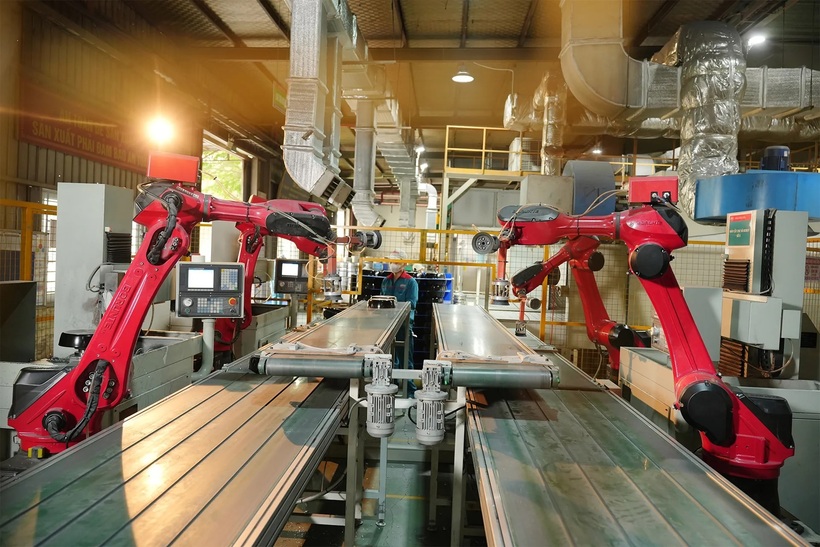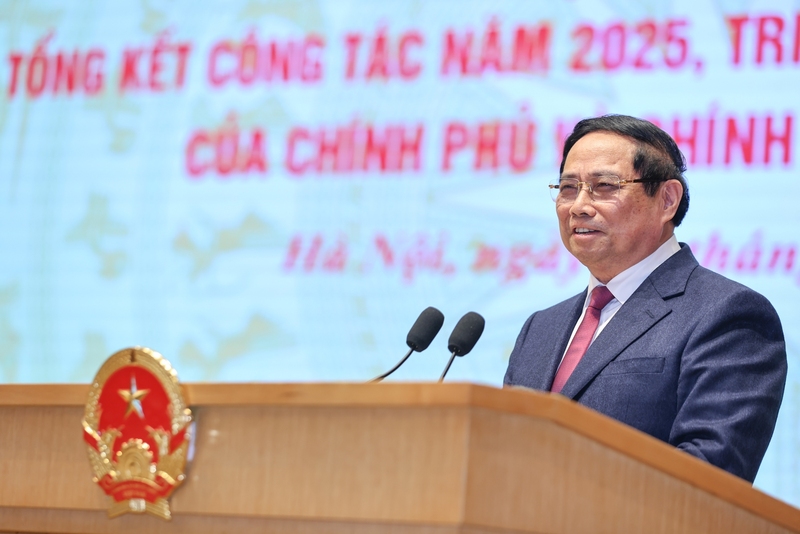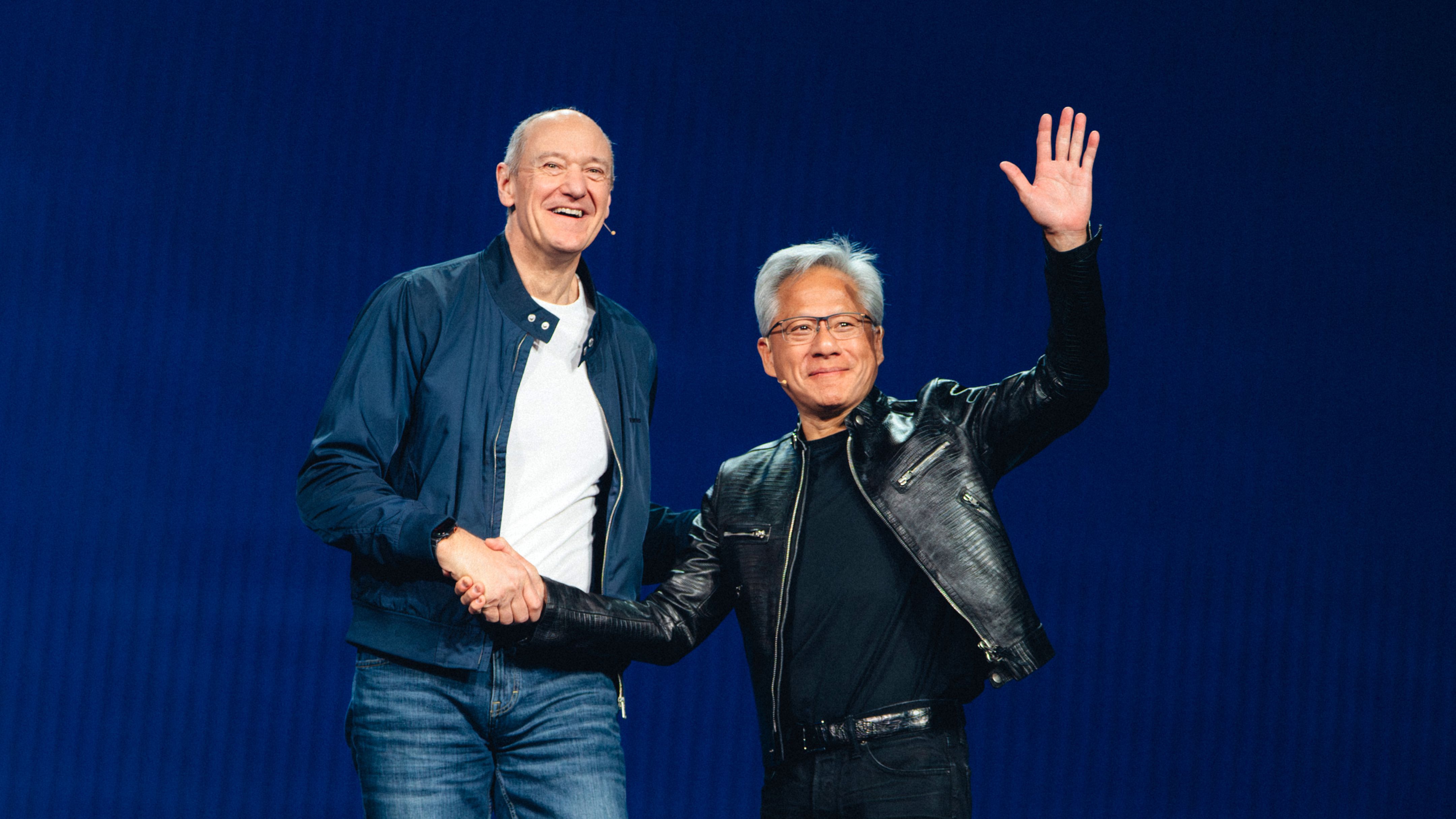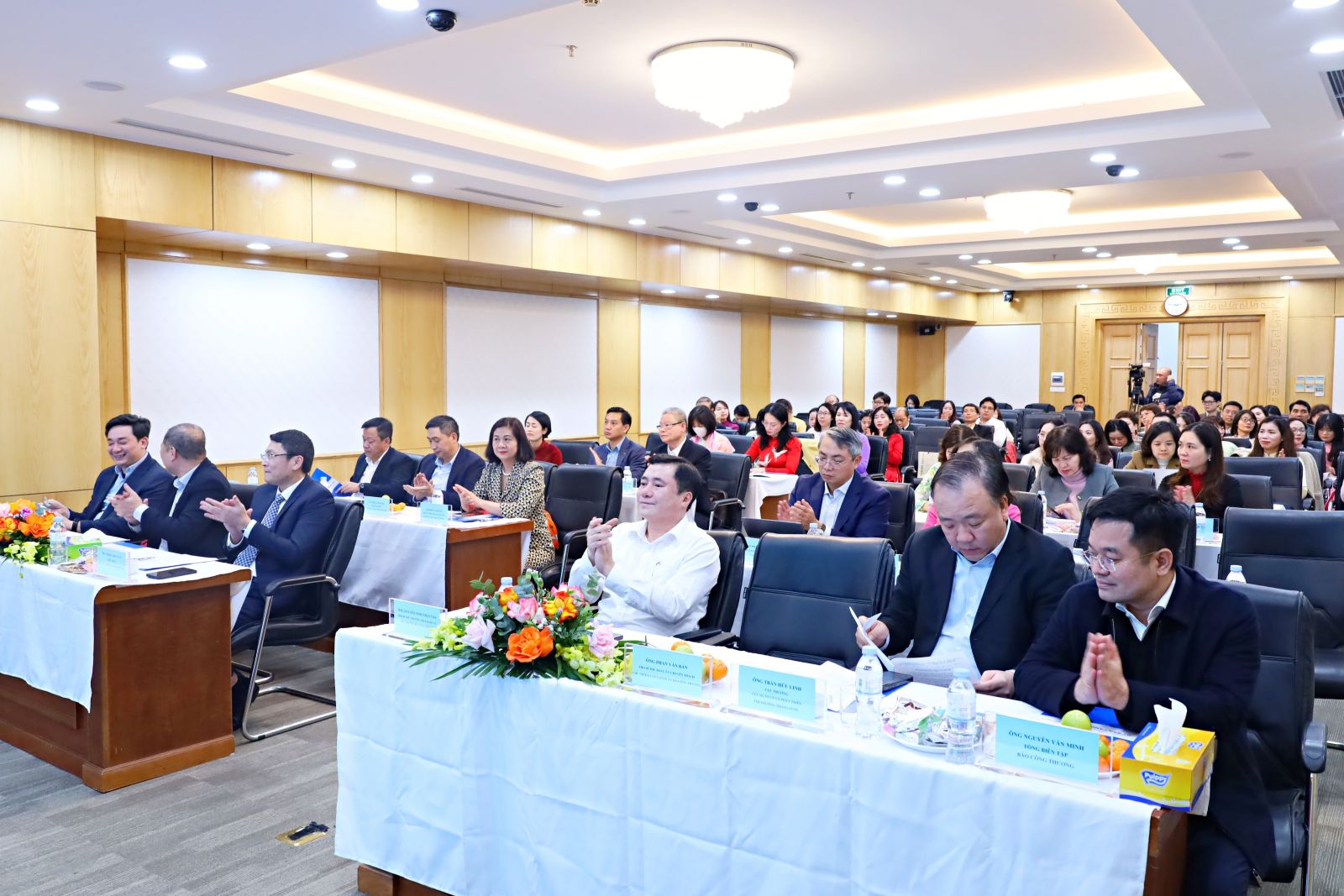
Vietnam GDP Picture: Ministry of Industry and Trade Exceeds Expectations
19:05 | 23/03/2025 12:08 | 09/01/2026Finance-Banking
A breakthrough on the horizon
A new wave of multi-billion-dollar projects is simultaneously kicking off and expanding across Vietnam, spanning semiconductors, aviation, consumer electronics, and high-speed rail infrastructure.
These are not merely contracts in capital and technology; they represent a once-in-a-generation launchpad for supporting industries to upgrade their capabilities and secure a place in international supply chains. The window of opportunity is open, but the pressing question is whether Vietnam can step through in time or let this golden moment slip away.

Technology investment in manufacturing enhances competitiveness. Photo: Khac Kien
Since late 2024, Vietnam has welcomed a succession of high-tech projects in multiple provinces. KP Vina’s aerospace components plant in Da Nang Hi-Tech Park has been inaugurated, while semiconductors have drawn keen interest from global giants such as Qualcomm, Google, Meta, Lam Research, Qorvo, and AlChip.
These developments are laying the foundation for enormous demand in supporting industries, from precision engineering and materials to technical packaging and clean logistics.
At the macro level, registered foreign direct investment (FDI) has been on the rise, reaffirming Vietnam’s position as an attractive destination for large-scale manufacturing projects. This capital flow serves as a crucial lever, pushing multinationals to increase localization, thereby generating orders for domestic supporting industries.
Within this broader picture, four opportunities stand out. First is semiconductors, with rising demand for packaging, testing, materials, and precision tools. For example, Amkor’s $1.6 billion plant in Bac Ninh is already operational and has applied to triple its capacity. This expansion will trigger a surge of orders for tray makers, technical packaging, molds, chemicals, and auxiliary equipment suppliers.
Second is aviation, where AS9100 certification is considered a “passport” for Vietnamese enterprises to join the Boeing and Airbus supply chains. The launch of KP Vina’s plant in Da Nang signals Vietnam’s initial steps into this high-value niche market.
Third is consumer electronics and smart devices. LEGO’s $1.3 billion plant, along with BOE’s Phase II end-device factory in Ho Chi Minh city, has generated massive demand for technical plastic components, labeling and printing, precision injection molds, green packaging, and electromechanical parts.
Fourth is the North–South high-speed railway project. As a landmark infrastructure initiative, it will require a wide array of mechanical, manufacturing, automation, steel, and component products. Associations such as the Hanoi Supporting Industries Business Association (HANSIBA) have proactively proposed early working mechanisms, conducted capacity surveys, and even placed preliminary orders ahead of construction.
The key to attracting high-quality FDI
However, seizing these opportunities requires removing major bottlenecks. First is quality standards and traceability. Most Vietnamese supporting industry firms remain at tier-2 or tier-3 supplier levels, lacking crucial certifications such as AS9100, IATF 16949, or ISO 13485. Production management and process control systems (MES, SPC, APQP) remain rudimentary. Without rapid “standard upgrading,” participation in FDI supply chains risks being shallow, with limited added value.
Second are barriers related to capital, equipment, and automation. Investment in advanced machinery such as 5-axis CNC, industrial robots, CMM metrology systems, and ERP/MES platforms requires medium- and long-term financing, backed by tailored credit guarantee mechanisms.
Third is human capital, especially skilled engineers in technology, materials, and quality control, a decisive factor for first-pass yield. Finally, weak linkages among enterprises and industry clusters remain a challenge. Without economies of scale, it is difficult to build robust quality datasets, negotiate prices, or commit to R&D investment.
In this context, policy plays a critical role. Vietnam already has Decree 111/2015/ND-CP and Resolution 115/NQ-CP (2020) on supporting industry development, providing a strong legal foundation.
Yet the 2025-2030 period requires fresh approaches. Incentives must be tied to genuine technology transfer and local procurement from certified domestic ecosystems. For billion-dollar FDI projects, binding mechanisms are needed, requiring supplier development plans, supplier audit roadmaps, commitments to train Vietnamese engineers, and assistance for local firms to obtain international certifications. This is the pathway to attracting FDI not only in volume, but in quality.
In fact, Vietnam already has major “locomotives” in place. Amkor’s plan to triple its Bac Ninh capacity will create massive supporting industry demand in semiconductors. Samsung, with $23.2 billion in total investment and an annual output of two billion smartphones in Vietnam, has built a network of hundreds of satellite suppliers, a real-world “training ground” for Vietnamese firms to mature.
LEGO’s strict green standards, from renewable energy to circular materials, compel suppliers to adopt ESG practices from the outset. Meanwhile, BOE’s targets, 14 million TV and monitor screens, 50 million e-papers, and 5 million automotive displays by 2025, are opening vast opportunities for opto-electromechanical components, casings, and display materials.
To avoid missing this moment, experts recommend deploying 10 groups of solutions for 2025-2030: establish task forces for each mega-project, enforce binding transfer mechanisms, rapidly standardize quality systems, roll out specialized medium- and long-term credit lines, develop 18-24 month supplier development programs, build dedicated industrial parks, promote government procurement policies, strengthen academia, industry linkages, create a national supporting industry data platform, and enforce ESG compliance across supply chains.
In this roadmap, local governments and associations are key connectors. Initiatives by HANSIBA or BASI in training, digital transformation, and certification consultancy, if given greater resources, could dramatically shorten the timeline for supporting firms to meet global standards. Crucially, a robust roster of certified domestic suppliers must be ready before FDI plants reach full capacity, rather than scrambling to catch up afterward.
The opportunities are tangible, measurable in projects already underway and set to expand in the coming years. Semiconductor plants, smart device factories, aerospace components, and landmark infrastructure initiatives will provide the “runway” for Vietnam’s supporting industries to take off. But the “wings” will only open if enterprises dare to invest in upgrading, if policies are strong enough to enforce technology transfer, and if industrial linkages are tight enough to generate collective momentum. The launchpad is ready, the golden moment is here - what remains is the determination to execute.

19:05 | 23/03/2025 12:08 | 09/01/2026Finance-Banking

19:05 | 23/03/2025 11:55 | 09/01/2026Trade

19:05 | 23/03/2025 11:50 | 09/01/2026Economy

19:05 | 23/03/2025 11:05 | 09/01/2026Science - Technology

19:05 | 23/03/2025 14:11 | 08/01/2026Industry